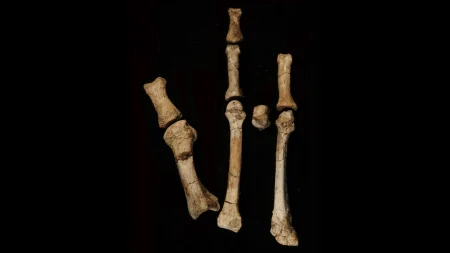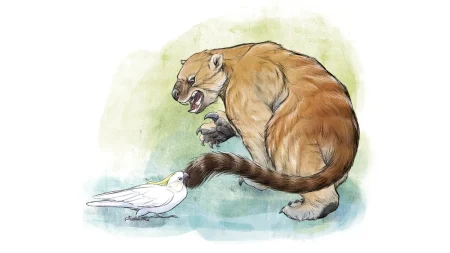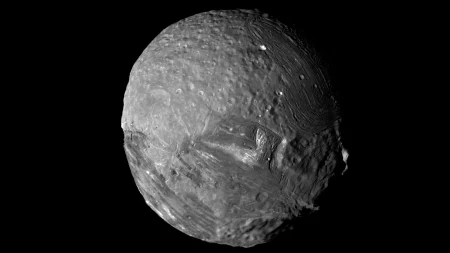The Secret Behind Dandelion Seed Dispersal: A Scientific Discovery
Have you ever tried to blow all the seeds off a dandelion at once? Despite your best efforts, you’ve likely noticed that a small clump of seeds stubbornly remains attached to the stem, particularly on the opposite side from where you’re blowing. This peculiar phenomenon, which has intrigued generations of both children and scientists, has finally been explained through careful scientific research conducted by a team of American and Australian researchers.
After nearly three years of persistent investigation, researchers led by fluid dynamicist Chris Roh of Cornell University have discovered a fascinating structural feature that explains how dandelions selectively release their seeds. This mechanism effectively allows the plant to “game the vagaries of wind,” giving its offspring the best possible chance at successful dispersal. The research, published in the Journal of the Royal Society Interface on September 10, reveals that dandelion seeds are designed to catch upward air currents while resisting downward forces – a brilliant evolutionary adaptation that maximizes the distance seeds can travel.
We already understand part of the dandelion seed’s journey – how it stays aloft once released. Each fluffy seed creates a vortex of swirling air just above its tuft, which Roh describes as resembling “a very chubby ring-doughnut with barely any hole.” This vortex creates a low-pressure zone that helps keep the seed airborne as it travels. However, until now, scientists had not fully investigated how the seeds detach from the plant in the first place – the critical first step in their journey.
The inspiration for this research came from an unexpected source: Roh’s 4-year-old daughter. During a father-daughter walk, they did what countless people have done before – blew on a dandelion to watch its seeds scatter. This simple act sparked Roh’s scientific curiosity. When he returned to the lab, he enthusiastically shared his observations with Cornell biophysicist Jena Shields, demonstrating how much easier it was to pull seeds off at an upward angle rather than downward. This casual observation would lead to formal scientific measurements that revealed surprising results about the forces involved in seed release.
Shields attached a force sensor to individual tufts on a freshly ripened dandelion and confirmed what their fingers had already detected: pulling seeds at an upward slant required significantly less force than pulling them downward – approximately an order of magnitude less. Interestingly, pulling a seed straight outward required the most force of all, a finding that continues to generate various hypotheses among the research team. According to Shields, these measurements represent the first formal scientific data on the force required to release dandelion seeds from their parent plant.
The team’s breakthrough came when they identified the microscopic architecture responsible for this selective release mechanism. Images captured by biomechanist Sridhar Ravi’s team at the University of New South Wales revealed that each seed is attached to the mother plant by an off-center, thin strand. This strand is surrounded by a horseshoe-shaped protective barrier. When wind (or a curious human) pulls on a seed, this U-shaped curl helps keep the seed in place – unless the force tilts the seed toward the open side of the horseshoe. Without the structural support of the complete barrier, the weight of the entire seed tuft overcomes the thin connecting strand, and the seed detaches and takes flight.
This elegant natural design ensures that dandelion seeds are most likely to be released when caught by upward air currents – precisely the conditions that will carry them furthest from the parent plant. As Shields notes, dandelions provide “a great example of science that was just right under our noses this whole time.” The researchers hope their work will inspire more people to pause and question the fascinating mechanisms behind everyday natural phenomena. After all, sometimes the most profound scientific discoveries begin with the simple question: “Why is this thing doing this weird thing?”















